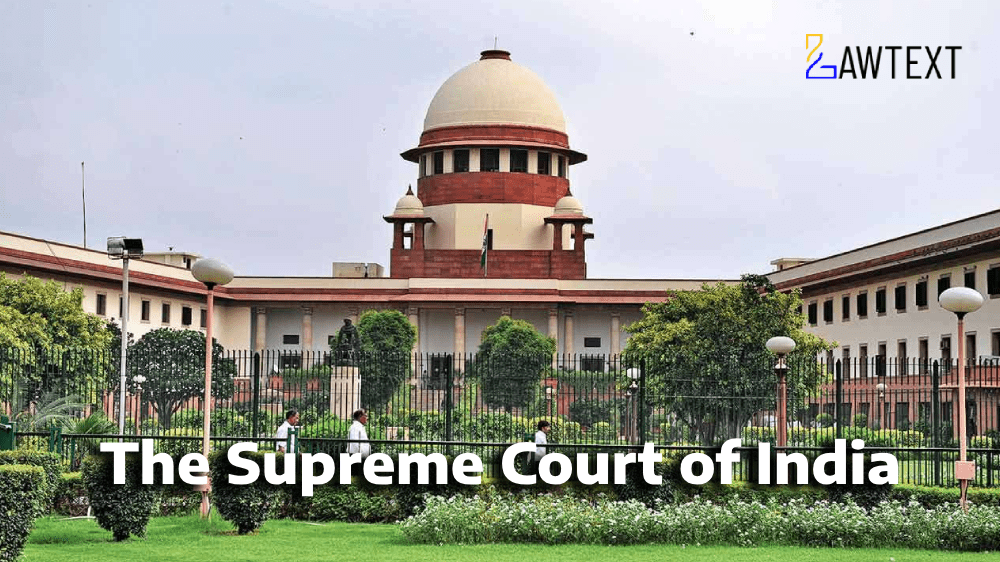

The Supreme Court of India dismissed several writ petitions challenging the reliability and transparency of Electronic Voting Machines (EVMs) and Voter Verifiable Paper Audit Trail (VVPAT) systems. Petitioners called for 100% counting of VVPAT slips and a return to paper ballots, but the Court rejected these arguments, reaffirming the credibility of EVMs while issuing directives to further strengthen safeguards and transparency in the electoral process.
Introduction and Delay Condonation (¶ 1-2)
Arguments by Petitioners (¶ 3-4)
Historical Use of EVMs (¶ 5-6)
Previous Judicial Precedents (¶ 7-15)
EVM Mechanism and Safeguards (¶ 16-41)
Role of Manufacturers and Randomization (¶ 19-28)
Mock Polls and Post-Poll Verification (¶ 34-55)
Performance and Rejections of Challenges (¶ 56-64)
Dismissal of Suspicion Over EVMs (¶ 65-76)
New Directions for Transparency (¶ 76)
The Court held that EVMs and VVPATs ensure a transparent and tamper-proof election process, dismissing unfounded claims of manipulation. While recognizing the voters' right to verify their vote, the Court rejected demands for 100% VVPAT slip counting or reverting to paper ballots, noting the practicality and efficiency of the current system. The Court's decision reaffirms the constitutional mandate of the Election Commission to conduct free and fair elections.
Election Laws, EVM, VVPAT, Election Transparency
Electoral reforms, Rule 49MA, Representation of the People Act
Citation: 2024 LawText (SC) (4) 263
Case Number: WRIT PETITION (CIVIL) NO. 434 OF 2023 W I T H WRIT PETITION (CIVIL) NO. 184 OF 2024 A N D WRIT PETITION (CIVIL) NO. OF 2024 (DIARY NO. 35782 OF 2023)
Date of Decision: 2024-04-26
Case Title: Association For Democratic Reforms Versus Election Commission Of India And Another
Before Judge: (Sanjiv Khanna, J ; Dipankar Datta, J)
Advocate(s): Abhay Anil Anturkar, Asim Sarode, Dhruv Tank, Aniruddha Awalgaonkar, Surbhi Kapoor, Bhagwant Deshpande, Gopal Sankaranarayanan, Neha Rathi, Kajal Giri, Kamal Kishore, Vishal Sinha, Prashant Bhushan, Rahul Gupta, Ria Yadav, Suroor Mander, Alice Raj, Maninder Singh, Prateek Kumar, Ruchir Ranjan Rai, Ashita Chawla, Ajay Sabharwal, Rangasaran Mohan, Amarpal Singh Dua, Haripriya Padmanabhan, Prabu Ramasubramaniyan, Navneet Dugar, Manoj Kumar A, Bharathi Mohan M, Santosh K, Subham Kothari, Shurutanjay Bharathwaj, Preethi G., Santosh Paul, Sriharsh Nahush Bundela, Vedant Mishra, Varun K Chopra, Mehul Sharma, R.H.A. Sikander, Jatin Bhatt, Sanawar, Pranav Sachdeva, Anand Grover, Neha Rathi, Kamal Kishore, Kajal Giri, Huzefa Ahmadi, Zulfiker Ali P.S., Faisal M. Aboo Acker, Augustine Peter, Lakshmi Sree P., Lebina Baby, Nizam Pasha, Lzafeer Ahmad B.F., Aayushi Mishra, Sidharth Kaushik, Ajay Marwah, Swaroopananda Mishra, Tushar Mehta, Aishwarya Bhati, Anupriya Srivastava, Shivika Mehra
Appellant: Association For Democratic Reforms
Respondent: Election Commission Of India And Another